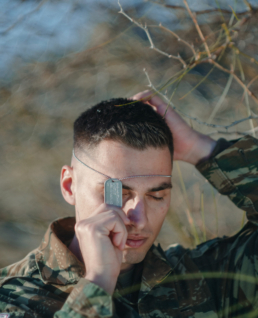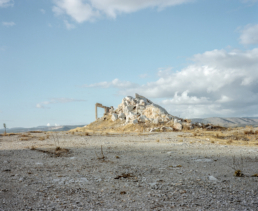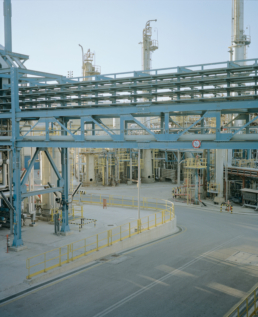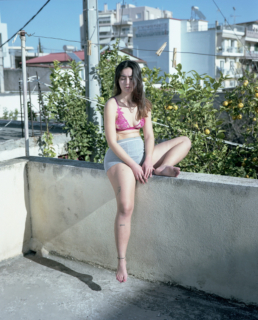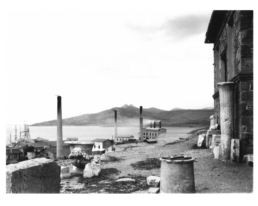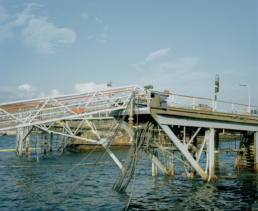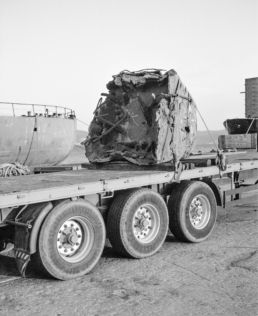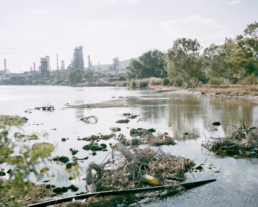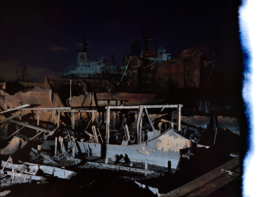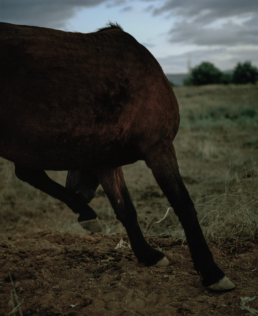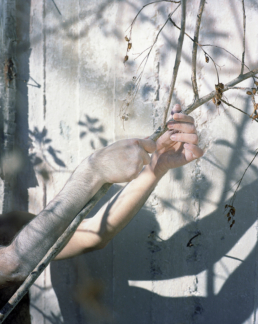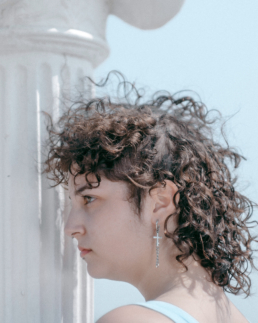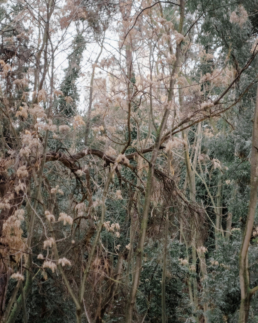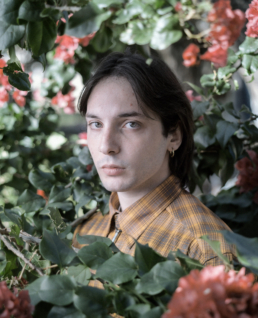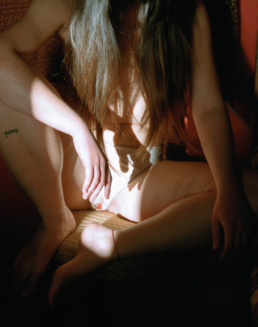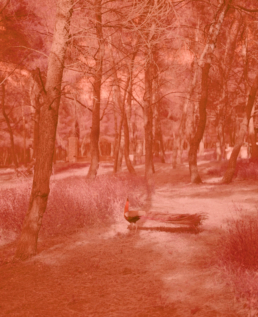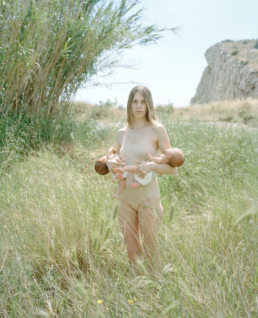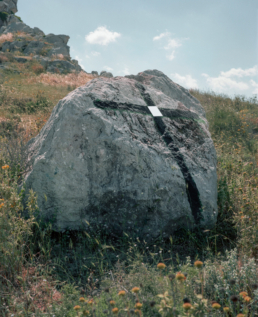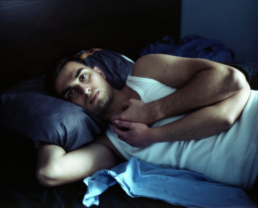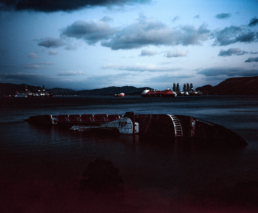ELEU SIS
is a multidisciplinary project in three parts about Elefsina; a modern Greek city where a history of industrial growth and decline intermingles with ancient myths about life, death, and rebirth. This project consists of three parallel narrative chapters focused on different time periods, creating a story from the unique social and historical mosaic of the city: “Hominis Ex Machina,” “Initiation,” and “Monologues.”
Chapter I – Hominis Ex Machina
In the first chapter, the protagonist is the place, presented through its industry and the people who live there. The place provides the setting and the industrial nature of Elefsina, as the country’s “production machine”, is explored and captured through its recent past and present. The abandoned and destroyed ships in Vlycha are photographed as characters, as portraits, and create memories of the existence of the human workforce of the past.
Chapter II – Initiation
The history of Elefsina is an extraordinary narrative of successive transitions that have taken place over the centuries. The city’s founding myth, which revolves around the story of “Persephone”, also known as Kore, the daughter of Demeter, and her perpetual journey to and from the underworld, serves as a record of these transitions and the changing of seasons. This chapter delves into the unseen, mystical, and enigmatic aspects of the city.
To explore these themes, I have created staged images and portraits that can be interpreted literally, allegorically, or mythically. In my narrative, the fluidity of gender roles and identities between males and females engages in a visual dialogue with mythological symbols and the city’s landscape, which is defined by its distinctive and continuous narrative of transitions. These images are an essential element of my narrative, providing a deeper insight into Elefsina’s history and the role of gender in its evolving narrative.
Chapter III – Monologues
The participation of the local community is vital even during the creation of the project. Papadopoulos, in her chapter #Monologues, invites young residents of Elefsina to participate in her creative process by taking on the role of creator themselves. Inspired by American poet Carolyn Kizer and her poem “Persephone Pauses”, which explores the role and social status of Persephone in the patriarchal world of Greek mythology, Myrto encourages young men and women to create their own personal narratives and to question predetermined gender roles within the specific social context of the city. The project aims to explore the extent to which these roles define the youth of Elefsina, who play an active part at the center of the endeavor.
Monologue #1
By Fjorinda Cenaj, a young artist and resident of Elefsina
In Albanian, “Lule Jeta” means “Life – Flower” .This is my mother’s name. My mother never had time for herself and rarely had time to pamper herself with makeup. I vividly recall how she would meticulously prepare our family for outings, from selecting my father’s clothes to taking care of all the necessities and treats we would need. In those last frantic moments before leaving the house, while my father would yell from the door, “If the woman doesn’t leave the house first, I don’t get up,” my mother would quickly apply some lipstick and black pencil under her eyes. We would all wait for her in the car, as she rushed to lock the door before we set off.
Inspired by Eleu-sis, I embarked on a personal project centered around the relationship between my mother and me.
Monologue #2
Mother Earth by Danae Christoudi, a young artist and resident of Elefsina
Haloa (Ἁλῶα) was an Ancient Greek festival celebrated by women in ancient Greece in honor of Demeter, Dionysus, and Poseidon. The festival involved a feast where participants sculpted food into the shape of reproductive organs, spoke in provocative language, and danced seductively with one another. The festival also involved the planting of phallic sculptures into the ground, symbolizing the hope for increased fertility. The festival was held in the city of Eleusis, near Athens, and was a significant part of ancient Greek religious and cultural traditions.
Camera: Fjorida Cenaj

